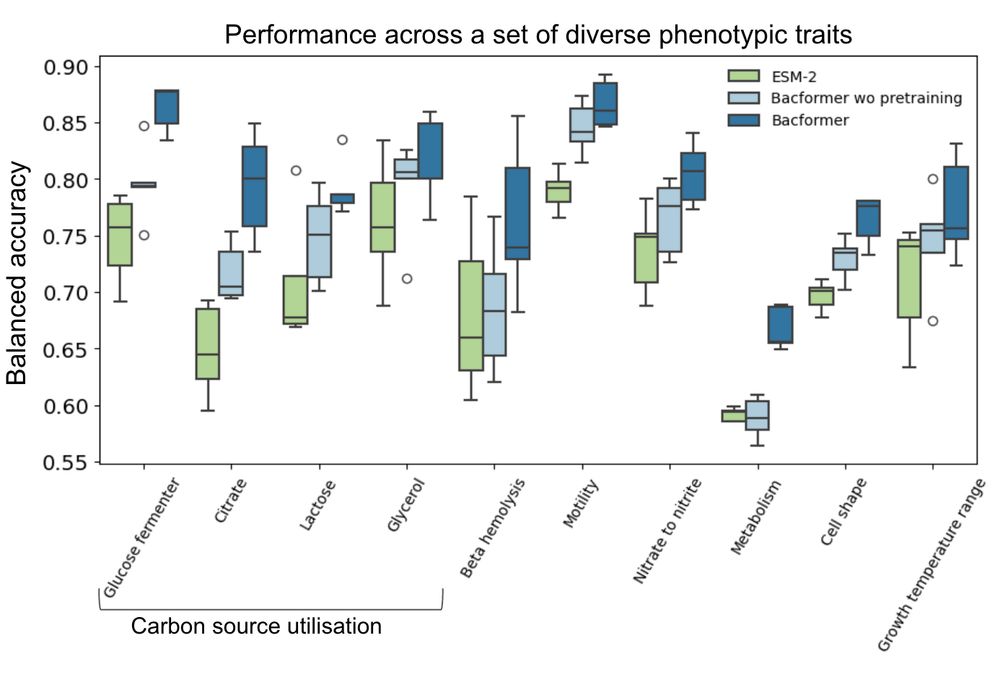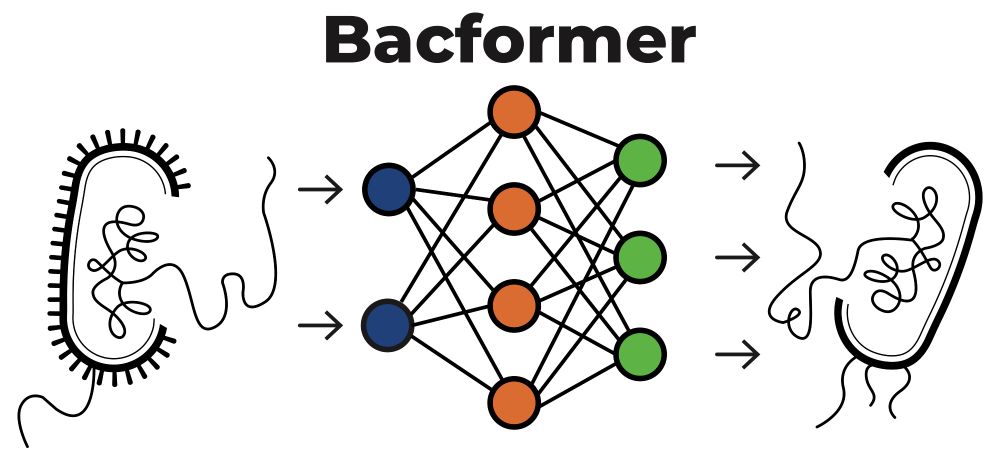Maciek Wiatrak
@macwiatrak.bsky.social
39 followers
1 following
16 posts
PhD student @ Cambridge Centre for AI in Medicine (CCAIM). I do 💻 🧬 💊 and love ⛰️.
Posts
Media
Videos
Starter Packs
Maciek Wiatrak
@macwiatrak.bsky.social
· Jul 21
Maciek Wiatrak
@macwiatrak.bsky.social
· Jul 21
Maciek Wiatrak
@macwiatrak.bsky.social
· Jul 21
Maciek Wiatrak
@macwiatrak.bsky.social
· Jul 21











